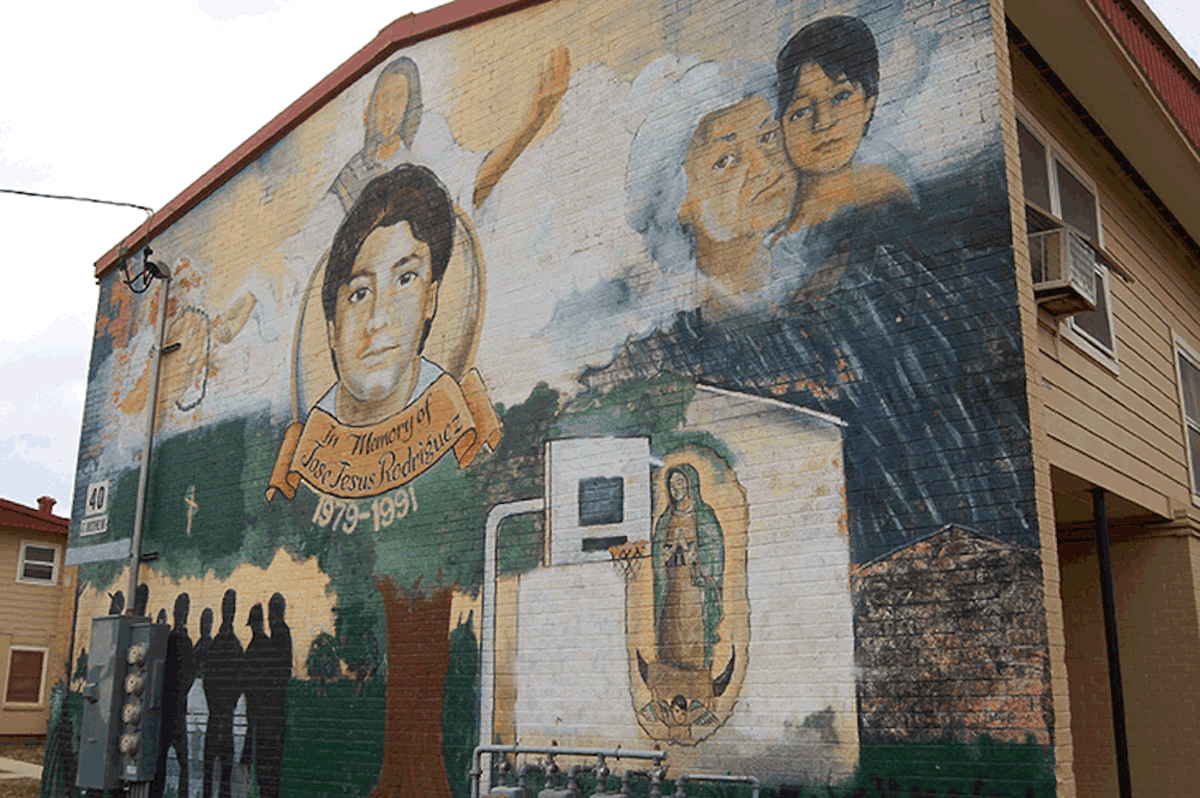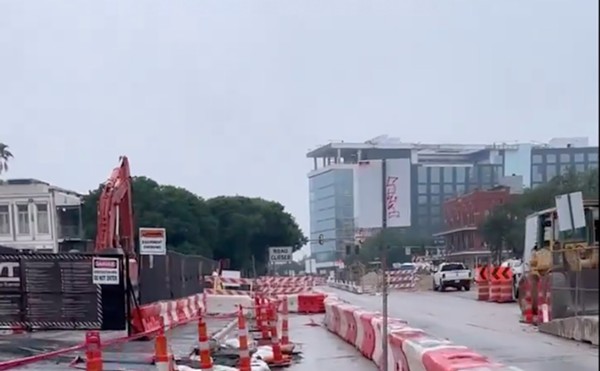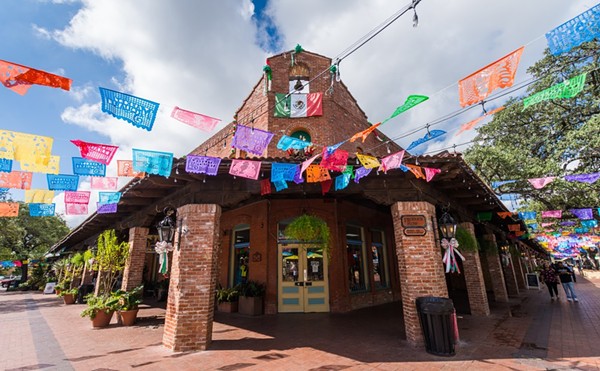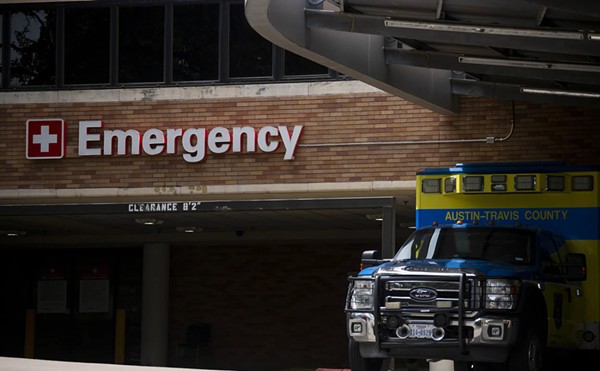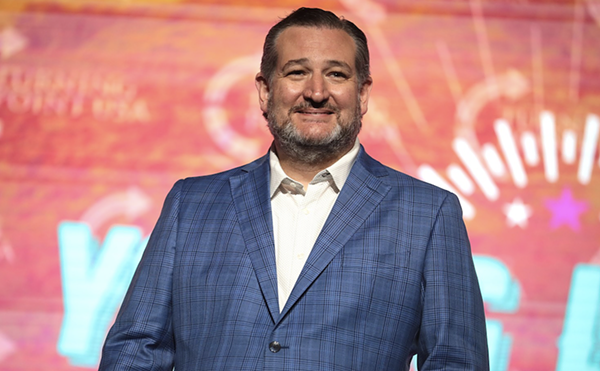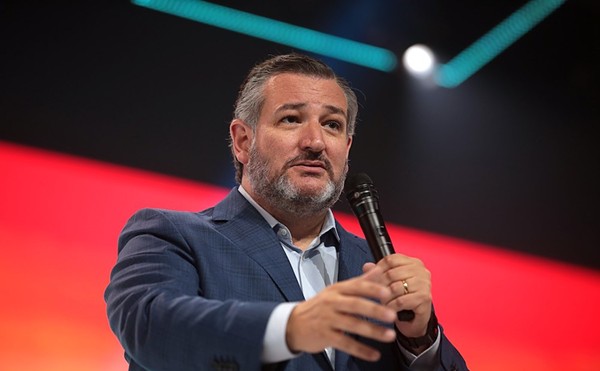Everything Cyrus Bates wore was white.
As a black teen growing up in San Antonio in the 1990s, Bates wore the color to avoid being mistaken for a gangbanger. The violence of the city whirled furiously around him in reds, blues and browns, and Bates wanted to avoid it. For him, wearing white was the answer.
"You could turn on the news back then and that's all you saw. Crips and Bloods, Crips and Bloods, Crips and Bloods," said his mother, Cheryl Salone. "That's not a way of living life. I tried to keep my kids away from it."
Bates, a charismatic and bright teen, was tempted by the fast money gang life offered, sometimes weeping to his mother about how tough it was not to sell drugs. He resisted, but with difficulty.
"It was a battle between the streets and a better life," Salone said. "I just kept begging him and begging him, 'Please give the good life a chance.'"
Try as Bates and his mother did, he died on the street nonetheless. Bates was shot and killed in his Northeast Side neighborhood on the evening of June 11, 1998.
Otto Rodriguez shot Bates from the passenger seat of a blue Cadillac. He then got out of the car and shot him again in the back. The motive for the crime is unclear, but Bates' family believes Rodriguez mistook him for the real target. Rodriguez was found guilty of murder, and sentenced to 60 years in prison. He'll be eligible for parole in 2028. Rodriguez was 23 at the time of the crime; Bates was 16.
But Rodriguez and Bates' stories are as tragic as they are common. They're one of thousands who died in drive-by shootings or were incarcerated for perpetrating them and other violent acts in San Antonio in the 1990s, fueled by a surge in gang activity. Many of the communities affected most still bear the scars of one of the most violent periods in the city's history.
Thousands of Shootings
Gang activity in San Antonio crested more or less with the rest of the country in the 1990s. Prolific violence in cities like Los Angeles dominated national headlines. Curtailing gang crime was a major emphasis of the Clinton administration, and the issue seeped into state legislatures as well.
Organized crime had existed for decades in San Antonio, but the seeds of widespread gang activity among young people were sown in the late 1980s.
"We had this proliferation of Bloods, Crips, coming in from other places," said Mario Salas, a community activist who served as a city councilman during the '90s. "They brought with them that gang culture ... and sort of infiltrated the criminal element, which was a little bit more quiet during that period of time."
The number of juveniles arrested in San Antonio for violent crimes tripled between 1987 and 1994, according to the Texas Law Enforcement Management and Administration Statistics Program. The number of youths arrested for unlawfully carrying firearms doubled over the same period.
The San Antonio Police Department recorded over 1,200 drive-by shootings in 1993 – nearly 3.5 per day. That figure dwarfed the number in other Texas cities, and it unofficially marked San Antonio as the state's drive-by capital.
Although no part of the city was immune, the vast majority of the violence occurred on the East and West Sides, particularly where poverty was prevalent. Gang members killed each other and innocent bystanders to protect their home turf and drug-selling interests. Housing projects – such as Alazan-Apache Courts, Cassiano Homes, East Terrace and Wheatley Courts – served as hubs for different groups, sometimes housing multiple rival gangs.
It's a reality that Kyle Coleman saw every day from 1989 to 1997, when he was a member of the Bexar County Sheriff's Department gang unit. The unit was started in the late 1980s to respond to growing gang threats. Most of the gang members he dealt with were between the ages of 13 and 17.
Coleman attributed the rise in drive-bys to the simplicity with which they were executed, the ease of procuring high-powered weapons and to the 1988 movie Colors.
Colors features a scene in which actor Don Cheadle, playing a Los Angeles Crip, shoots a group of Bloods with a shotgun in a drive-by. The film became a cult classic in gang culture.
Guns were often stolen or procured by older gang members at gun shows, Coleman said. The first gun Coleman ever took off the street was a .25-caliber automatic pistol. But as gangs grew, so did the sophistication of their arsenal.
"The longer that we were working on the gang unit ... we were taking AK-47s, MAC-10s and AR-15s off the street," Coleman said.

